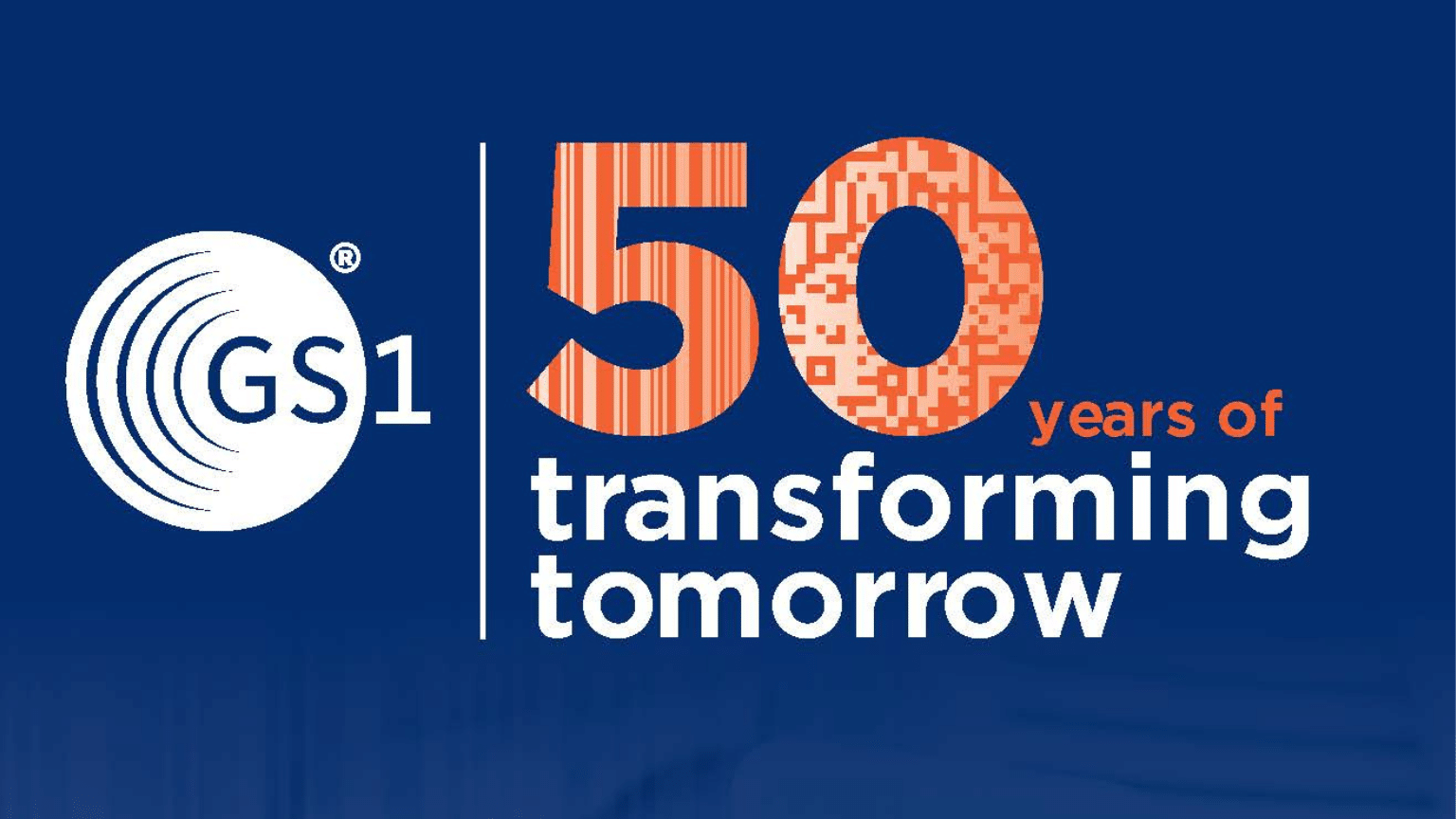50 years ago, on 3 April 1973, the GS1 barcode was created and changed the world forever.
Industry leaders in the grocery sector agreed on a single universal standard for product identification: a barcode. This early collaboration led to the establishment of regional industry groups that would eventually merge and become the GS1 global organisation of today.
The humble barcode is an easily overlooked part of everyday life around the world, but with over 6 billion scans a day, it achieves so much for so many. From the physical grocery store and the online shoe sale to the baby in a hospital and pharmaceuticals on the plane for export, the barcode today facilitates global trade, increases product accessibility, transforms product transport, and ensures the quality and safety of products and patients. As the world becomes more digital, the barcode will continue to play a vital role in tracking, tracing, and managing the flow of goods and information across global supply chains.
GS1 Australia, the not-for-profit standards body, celebrates the barcode while looking toward the future. The future starts with 2D barcodes but will certainly go beyond this.
Initially developed to advance the retail sector and checkout experience, the barcode was a revolution, making things faster and easier in-store for both employees and customers. Now, we work closely with more than 22,000 businesses, across 25 industry sectors, to understand their needs and develop solutions and standards to help them overcome challenges and support the implementation and uptake for the improvement of future supply chains.
2D barcodes are now being implemented on food, pharmaceutical and other products worldwide, providing even more information and traceability than traditional 1D barcodes. This increased functionality enables greater product visibility, accuracy, efficiency, and consumer and patient safety in a range of sectors, including healthcare, logistics, retail and e-commerce.
Looking ahead, there are many exciting developments in the pipeline for the barcode. The rise of mobile technology and IoT means that barcodes will be increasingly used in new and innovative ways. Smartphones can now scan barcodes and instantly provide consumers with detailed product information, user reviews, price comparisons, and so much more. And as we move towards a more sustainable future, the barcode will be essential in helping us to reduce waste and improve traceability and efficiency across supply chains.
So, here’s to the barcode, the unsung hero of modern life. We may take it for granted, but it has transformed the world we live in and will continue to shape our future in ways we can only imagine one scan at a time. Happy 50th birthday, barcode!
Learn more about the barcode and GS1 Australia here.





















